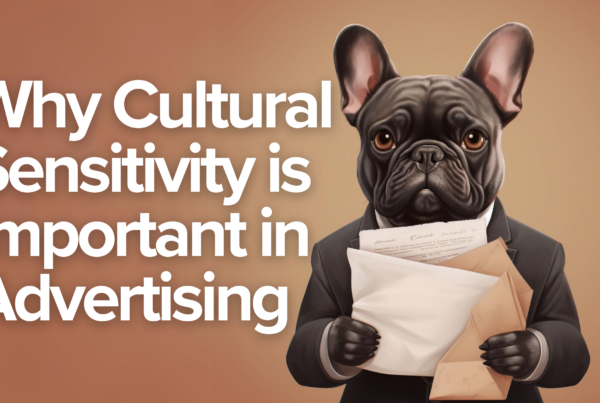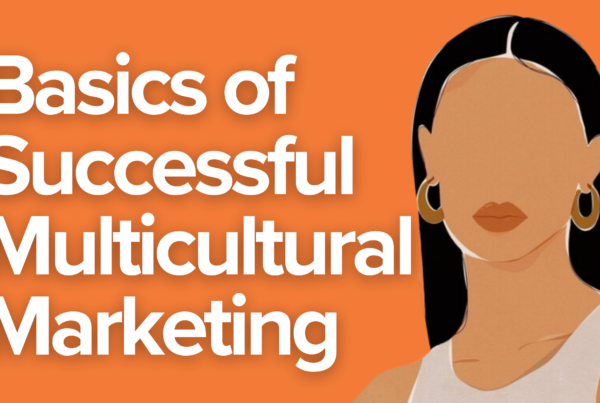Key Takeaways:
- Minimalist marketing gains traction for its simplicity and effectiveness in navigating the digital age’s complexity.
- Contrary to elaborate campaigns, minimalist marketing emphasizes sophistication, clarity, and a modern approach to audience connection.
- Minimalist marketing varies globally, requiring businesses to balance simplicity with cultural sensitivity for effective resonance.
- Embracing minimalist marketing offers cost-effectiveness and increased engagement but demands strategic planning to overcome information overload challenges.

In the dynamic landscape of marketing, strategies continually evolve to capture the attention of consumers. In 2024, a noteworthy trend is the rise of ‘minimalist’ marketing, a strategy that emphasizes simplicity and essentialism. This article delves into the various facets of minimalist marketing, from its characteristics to global adoption, shedding light on why businesses are embracing this approach in an era of information overload.
Minimalism is a design aesthetic that embodies the phrase “less is more.” Minimalist marketing, as the term suggests, is a strategy that focuses on simplicity and clarity in conveying a message. In 2024, amidst the complexities of the digital age, this approach is gaining prominence for its effectiveness in cutting through the noise and delivering a memorable brand experience. As businesses adapt to changing consumer preferences, understanding the essence of minimalist marketing becomes crucial.
At its core, minimalist marketing is about stripping away the unnecessary, leaving only what is essential. This translates into concise messaging, clean design aesthetics, and a focus on the core values of a brand. The minimalist approach goes beyond visual elements; it extends to the overall brand experience, ensuring that every interaction is purposeful and impactful.
Minimalist V.S. Traditional Marketing Approaches
To appreciate the impact of minimalist marketing, a comparison with traditional marketing strategies is essential. Traditional approaches often featured elaborate campaigns and extensive messaging. While these methods still have their place, minimalist marketing offers a refreshing alternative that resonates with modern consumers. The shift towards simplicity signifies not just a trend but a fundamental change in how businesses connect with their audience.
This departure from extravagant designs of the past aims to convey sophistication, elegance, and clarity. By eliminating unnecessary embellishments, minimalistic branding seeks to create a visually cohesive and impactful message. However, a debate arises regarding whether this shift towards simplicity is perceived as a lazy move or a strategic challenge to effectively convey a brand’s message in a cleaner approach.
Consumer Psychology and Minimalism
Understanding the psychology behind consumer behavior is crucial for the success of minimalist marketing. Minimalistic designs efficiently convey messages and evoke sophistication, providing consumers with a simplified decision-making process. In the digital era, technology plays a pivotal role in shaping marketing strategies, with minimalist marketing leveraging digital tools to streamline communication and enhance user experience and affect the consumer mindset Throughout history, the innate human desire for value has persisted. In our consumer-driven society, marketing has instilled this pursuit deep within us through advertising, often resulting in excessive consumption. As Tyler Durden from The Fight Club aptly put it, “We buy things we don’t need, to impress people we don’t like.” While some attempt to strike a balance after repeatedly maxing out their credit cards, others have discovered solace in the compromise offered by the Buy It For Life (BIFL) movement. This movement advocates for a value-seeking experience that combines elements of minimalism with the ingrained societal inclination towards constant consumption.

Social Media and Minimalism
In the fast-paced realm of social media, where attention spans are fleeting and the digital landscape is cluttered with information, minimalist marketing emerges as particularly relevant. Crafting impactful content in this environment is considered an art, and successful minimalist campaigns on platforms like Instagram and X (Twitter) illustrate the effectiveness of brevity and visual appeal.
Platforms like Instagram have become a playground for minimalist aesthetics, with brands strategically employing clean visuals and concise messaging to capture the attention of scrolling users. The simplicity of minimalist design allows for quick comprehension, making it easier for consumers to engage with and remember a brand’s message in the midst of a sea of content.
On X, where character limits demand concise communication, minimalist marketing thrives. Brands adept at distilling their message to its essential elements can make a lasting impression in the limited space available. The power of a well-crafted minimalist tweet lies in its ability to stand out amidst the noise and deliver a memorable punch.
The use of hashtags, another integral aspect of social media, aligns well with the minimalist approach. By employing simple and impactful hashtags, brands can create a cohesive online presence and facilitate user engagement. This strategy not only promotes brand recognition but also encourages users to participate in conversations and share content.
The Global Landscape of Minimalist Marketing:
As the trend of minimalist marketing continues to gain momentum, its global adoption reveals intriguing patterns and cultural variations. While some regions may favor bold and vibrant visuals to convey messages, others may lean towards a more understated elegance. Understanding these cultural nuances is crucial for businesses aiming to resonate with diverse audiences on an international scale.
In regions where cultural preferences align with minimalist principles, brands can leverage simplicity to create a universal appeal. However, adaptation becomes key in regions where a more intricate visual language is traditionally favored. Striking a balance between minimalism and cultural sensitivity allows businesses to craft campaigns that are both effective and respectful of local preferences.
In a world saturated with information, the rise of minimalist marketing offers a strategic response to capture and retain consumer attention. The departure from extravagant designs and elaborate campaigns signifies not just a trend but a fundamental shift in how businesses connect with their audience. As consumer preferences evolve, understanding the essence of minimalist marketing becomes crucial for staying relevant in the dynamic landscape of the digital age.
For businesses looking to embrace minimalist marketing, the key lies in finding the delicate balance between simplicity and informativeness. While the benefits are numerous – from cost-effectiveness to increased audience engagement – challenges exist, particularly in breaking through the noise of information overload. Strategic planning and thoughtful execution are essential to overcome these challenges and harness the full potential of minimalist marketing.
As consumers, being aware of the psychology behind minimalist design can empower us to make informed choices and navigate the digital landscape more consciously. The global adoption of minimalist marketing underscores its universality, yet the importance of cultural nuances highlights the need for businesses to approach this strategy with flexibility and cultural sensitivity.
In moving forward, both businesses and consumers play pivotal roles in shaping the trajectory of minimalist marketing. Businesses must continue to innovate and adapt their strategies to align with evolving consumer preferences, while consumers can leverage their awareness to support brands that resonate with their values. Ultimately, the minimalist movement is not just a trend, it’s a dialogue between brands and consumers,



